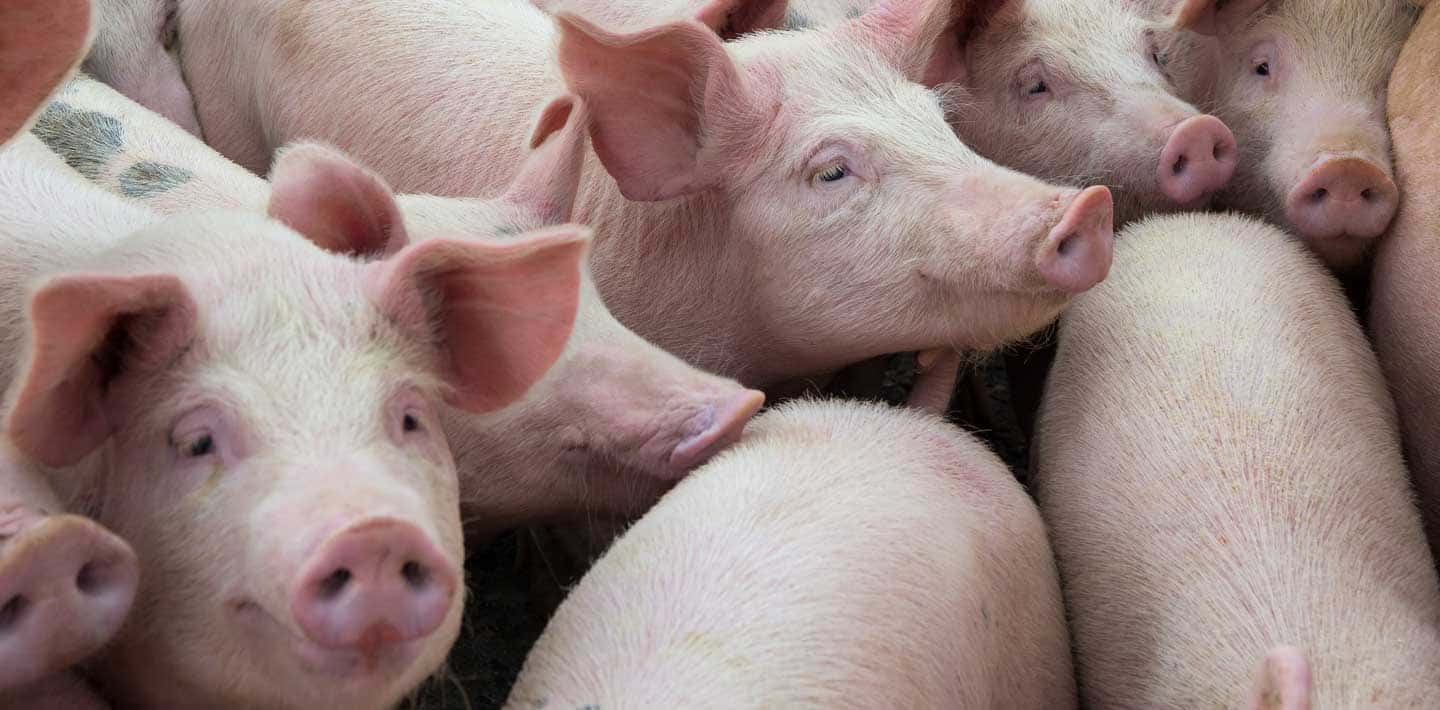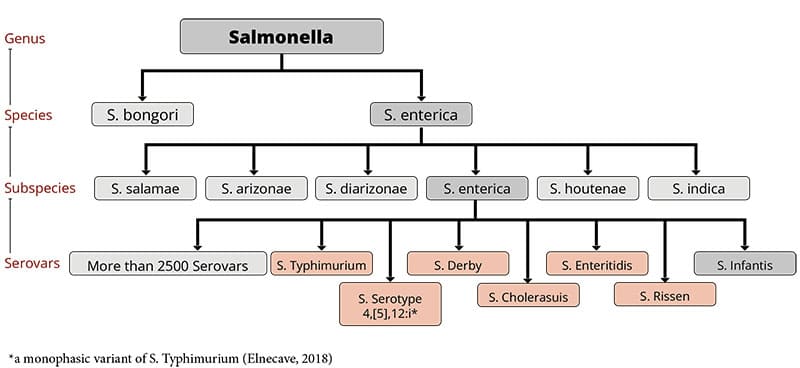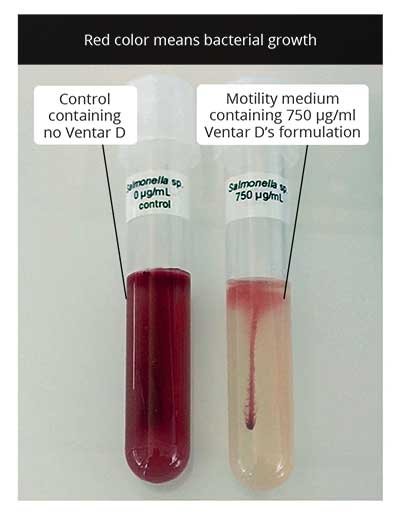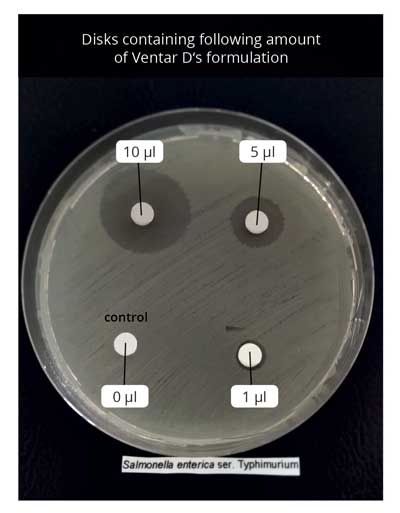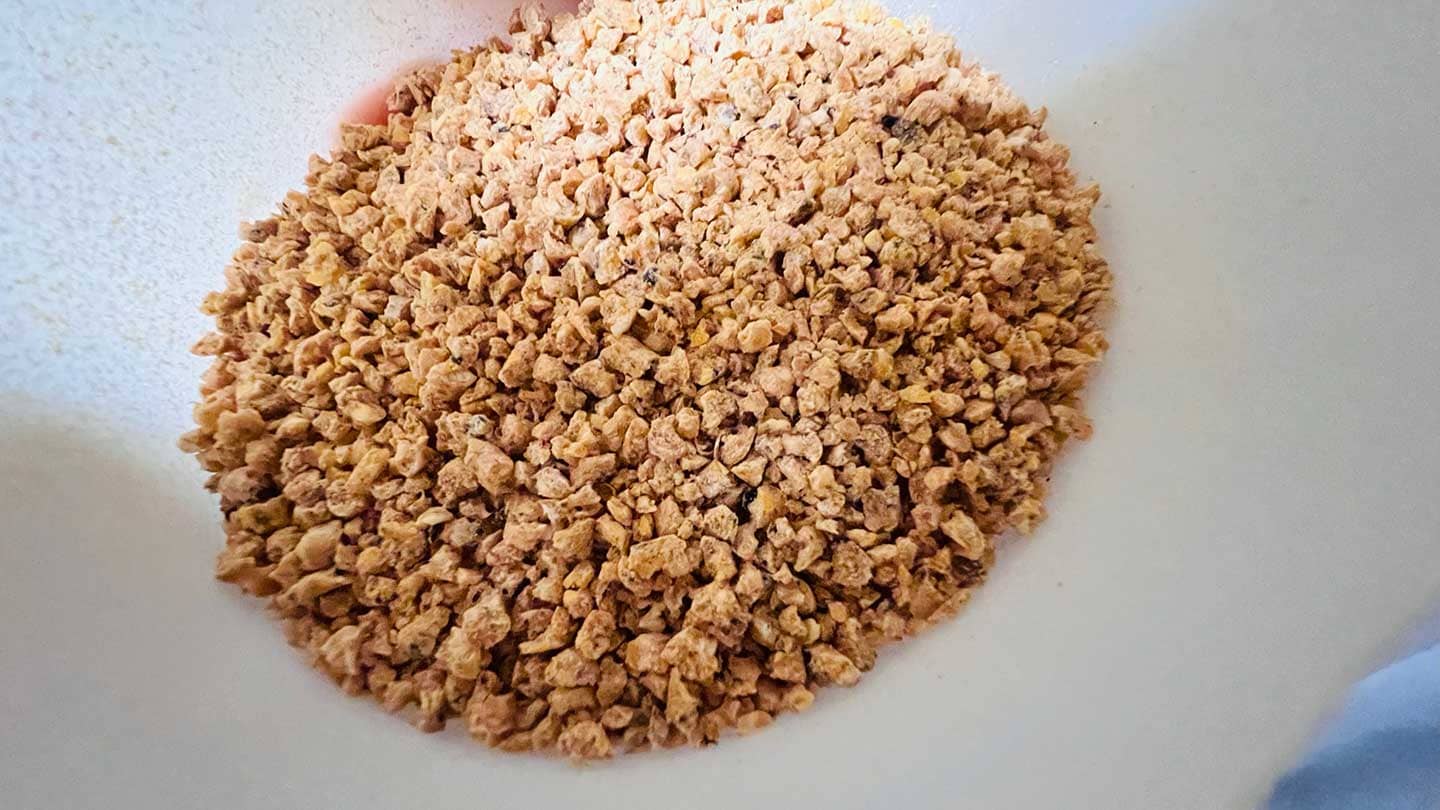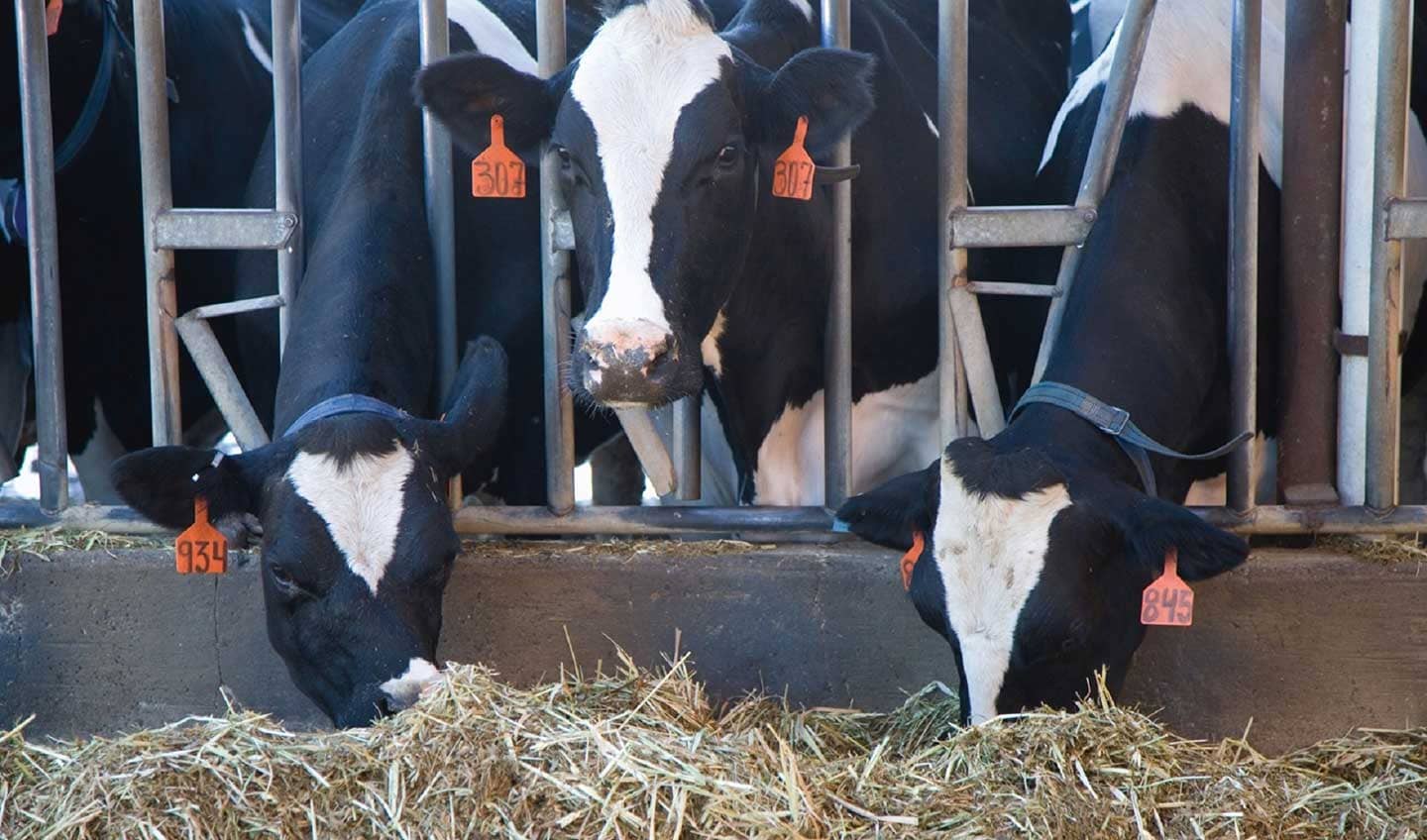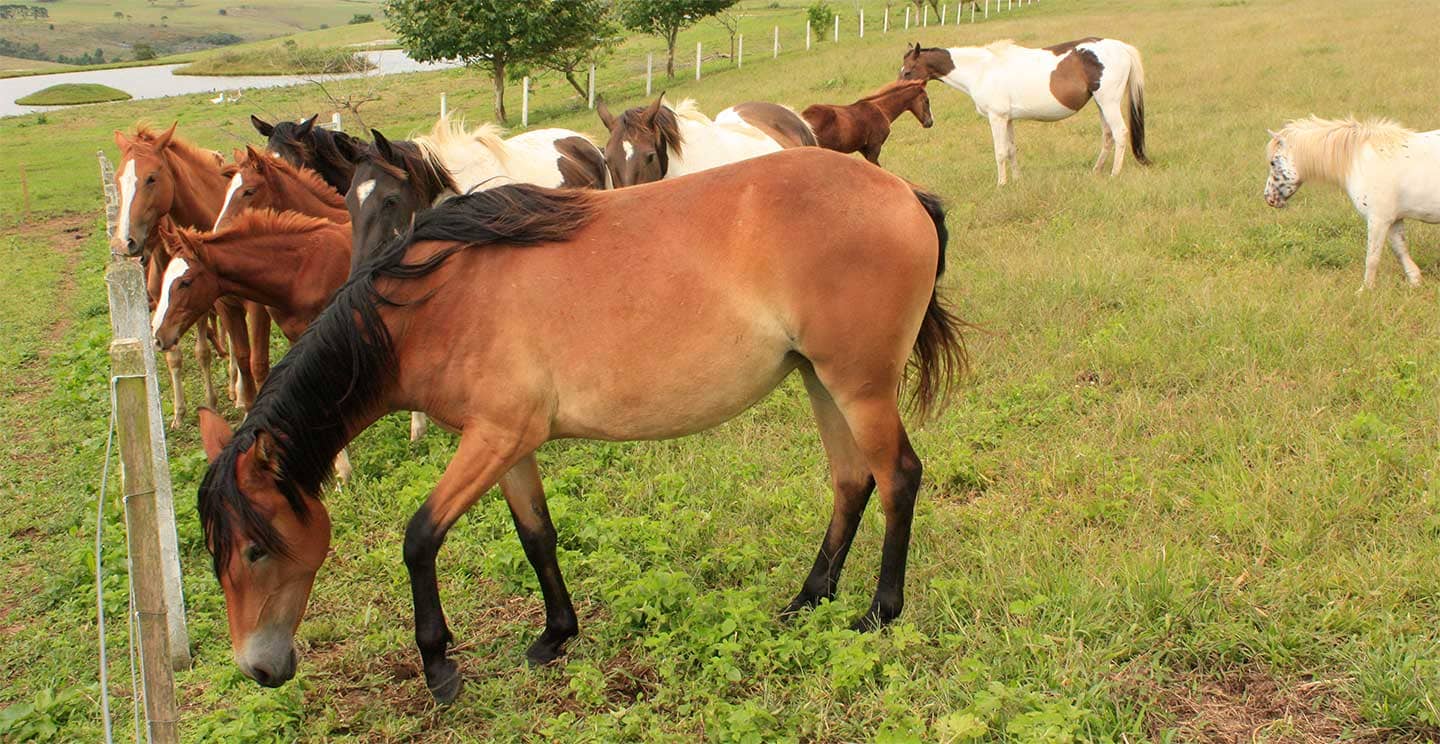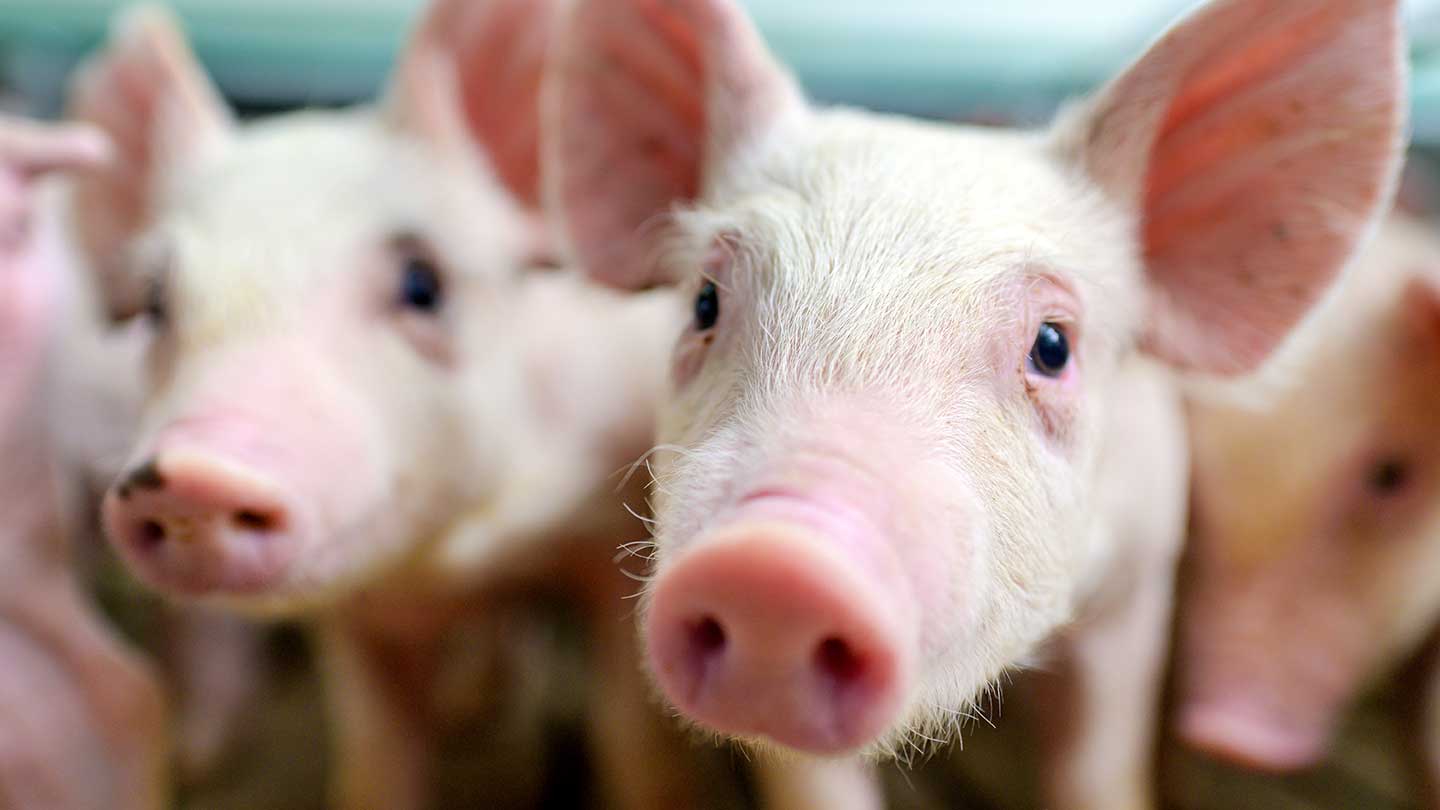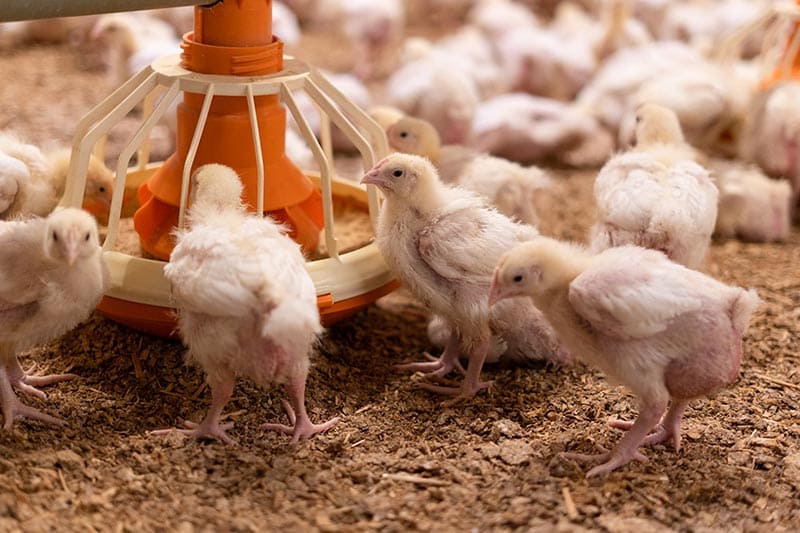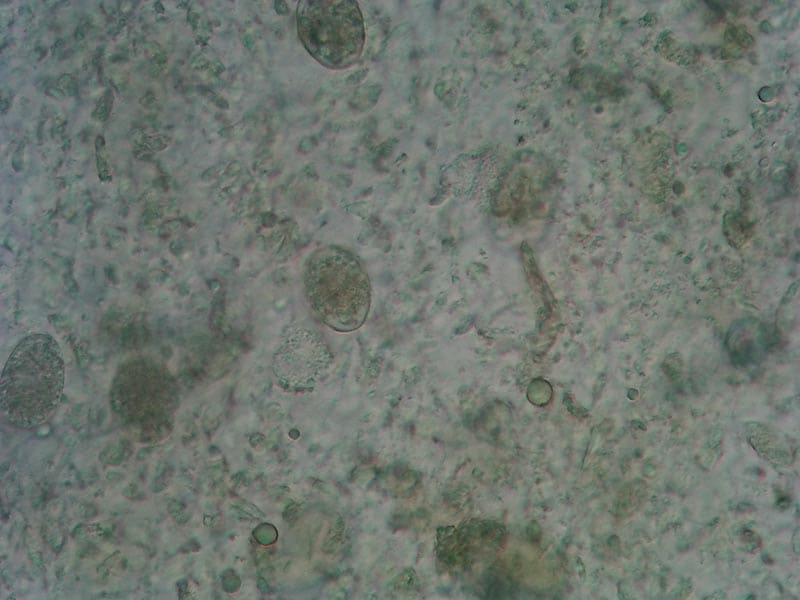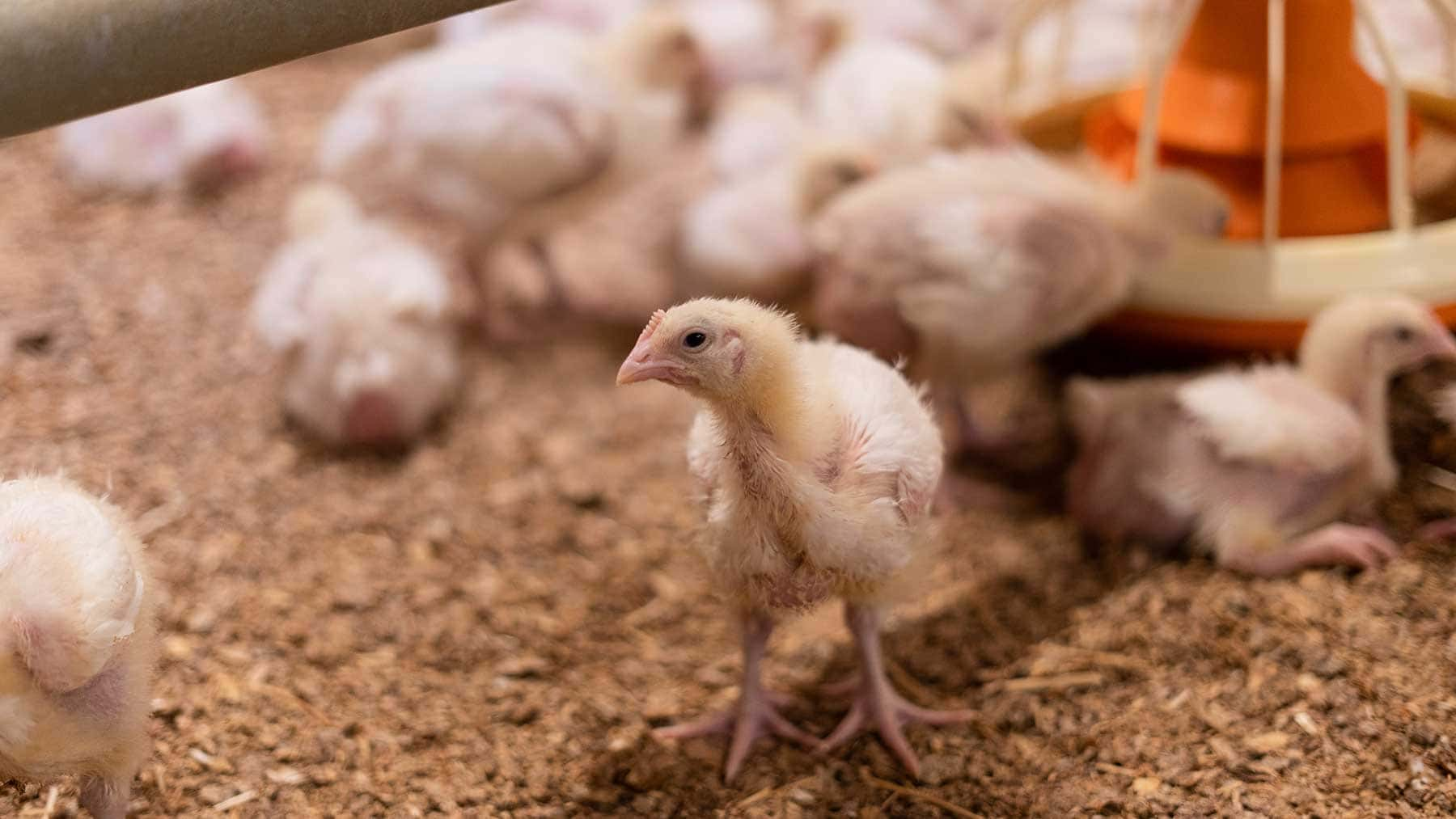A guide to international sustainability regulations

By Ilinca Anghelescu, Global Director Marketing Communications, EW Nutrition
This may be the year that climate change has arrived in humanity’s backyard, driving home the repercussions of human action and the finite nature of our planet’s resources. More than ever, it is also becoming clear that we cannot fight climate change in our own backyard but that long-term cross-border action is imperative.
With the visible threat of extreme events nearer than ever, companies and countries feel pressured to show their commitment to sustainable practices. The shape this commitment takes is, however, very different. The slew of regulations and policies directly or indirectly aimed at promoting sustainability may take the shape of water or energy management, environmental protection, specific business practice regulations, and may or may not include reporting obligations and monitoring bodies. Some international initiatives are attempting to impose such obligations, with varying degrees of success. Reading between the lines, the number of regulations is not the problem; it is the competencies in standardizing and enforcing these regulations that prove more difficult.
Sustainability regulations in the European Union
The European Union is both the fastest warming region (with the exception of the Arctic) and probably the most advanced in terms of regulatory pressure. It has been steadily developing not just specific regulations aimed at green growth, but also specific reporting tools to avoid greenwashing and standardize the monitoring and measuring of this commitment.
The largest sustainability initiative, the EU’s Green Deal, unveiled in 2019, is a comprehensive policy framework aimed at making Europe the world’s first climate-neutral continent by 2050. Among its objectives are reducing greenhouse gas emissions, increasing energy efficiency, and promoting circular economy practices. Key regulations include:
- European Emissions Trading System (EU ETS): The EU ETS is a “cap and trade” scheme that aims to reduce greenhouse gas emissions in the European Union. It is the first and largest carbon market, covering around 45% of the EU’s greenhouse gas emissions, and is operational across the EU, Iceland, Liechtenstein, and Norway. The system works by setting a cap on the total amount of greenhouse gases that can be emitted by all participating installations. Within this cap, operators buy or receive emissions allowances, which they can trade with one another as needed. The fourth phase started in January 2021 and is to continue until December 2030, however the reduction target for 2030 needs to be reassessed.
- Single-Use Plastics Directive: This regulation aims to reduce single-use plastics and their impact on the environment by banning certain products and promoting recycling.
- Circular Economy Action Plan: Designed to reduce waste and promote recycling, this plan outlines initiatives to make products more durable and easier to repair. The plan includes measures on product design, waste management, and resource efficiency.
- Taxonomy Regulation: This regulation establishes an EU-wide classification system for environmentally sustainable economic activities. The taxonomy defines which economic activities can be considered environmentally sustainable, based on their contribution to environmental objectives such as climate change mitigation and adaptation, biodiversity, and water protection.
More recent but directly concerned with regulating and reporting sustainability in business practices are the following:
- Sustainable Finance Disclosure Regulation (SFDR): The SFDR requires financial market participants and advisers to disclose information about how they integrate sustainability risks into their investment decisions, consider and disclose the adverse impacts of their investments on sustainability factors.
- Corporate Sustainability Reporting Directive (CSRD): This requires companies to report on a wide range of sustainability issues, including environmental, social, and governance (ESG) factors. The reporting requirements will be phased in, starting from January 1, 2024, for certain large EU and EU-listed companies, and will apply to all in-scope companies by January 1, 2028.
In addition to these regulations, the EU also provides financial support for sustainable projects through its Horizon Europe research and innovation program. Horizon Europe has a budget of €95.5 billion for the period 2021-2027, and a significant portion of this funding will be used to support research and innovation in areas such as climate change mitigation, renewable energy, and sustainable agriculture.
Sustainability regulations in the United States
The United States traditionally has a more decentralized approach to regulations, with federal, state, and local governments all playing important roles. Key federal regulations and initiatives in the field of sustainability include:
- Clean Air Act: Enforced by the Environmental Protection Agency (EPA), this law aims to reduce air pollution and greenhouse gas emissions. This law regulates air pollution from a variety of sources, including power plants, factories, and vehicles. The Clean Air Act has helped to reduce air pollution in the US by over 70% since it was passed in 1970.
- Clean Water Act: Also administered by the EPA, this act sets standards for water quality, aiming to protect aquatic ecosystems. This law regulates water pollution from a variety of sources, including factories, farms, and sewage treatment
 plants. The Clean Water Act has helped to improve water quality in the US by over 70% since it was passed in 1972.
plants. The Clean Water Act has helped to improve water quality in the US by over 70% since it was passed in 1972. - Renewable Energy Tax Credits: Also called Residential Clean Energy Credits, these incentives encourage the development and use of renewable energy sources like solar and wind power.
More recent, targeted sustainability actions and regulations in the US include:
- Executive Order 14057: Issued by President Biden in 2021, the Executive Order on Catalyzing Clean Energy Industries and Jobs Through Federal Sustainability requires federal agencies to take steps to reduce their greenhouse gas emissions and promote clean energy.
- ESG Disclosure Simplification Act: This bill, passed by the House of Representatives in 2021, would require public companies to disclose more information about their environmental, social, and governance (ESG) practices.
- Methane Emissions Reduction Plan: The White House Action Plan, together with the Supplemental Methane Proposal put forth by the Environmental Protection Agency (EPA) in 2022, would require primarily oil and gas companies to reduce methane emissions from their operations.
- Sustainable Electricity Plan: This plan, released by the Department of Energy in 2022, outlines the Biden administration’s goals for increasing the use of renewable energy and reducing greenhouse gas emissions from the electricity sector.
- SEC Climate-Related Disclosures/ESG Investing: Prompted by the Climate Risk Disclosure Act of 2021, the Securities and Exchange Commission (SEC) has issued a rule proposal that would require US publicly traded companies to disclose annually how their businesses are assessing, measuring, and managing climate-related risks. This would include climate-related risks and their material impacts on the registrant’s business, strategy, and outlook; governance of climate-related risks; greenhouse gas (“GHG”) emissions; certain climate-related financial statement metrics and related disclosures; information about climate-related targets and goals, and transition plan, if any. Some companies would have to already start reporting in 2023 for 2023. However, it is likely the proposal will undergo several rounds of revisions.
In addition to these federal laws, there are also a number of state and local sustainability regulations. U.S. regulations generally lack cohesion, with the federal government’s role fluctuating depending on the administration in power. Still, there is growing momentum towards sustainability, driven by grassroots movements and corporate initiatives.
Sustainability regulations in China
China, the world’s largest polluter, faces significant sustainability challenges as it grapples with rapid industrialization, urbanization, and economic growth. It has made substantial progress, particularly in renewable energy adoption, but still faces challenges of implementation.
- Carbon Neutrality Commitment: In September 2020, Chinese President Xi Jinping announced China’s commitment to achieving carbon neutrality by 2060. This ambitious goal involves reducing carbon emissions to net-zero by mid-century.
- Renewable Energy Development: China is a global leader in renewable energy deployment. It has set targets for increasing the share of renewable energy sources like wind, solar, and hydropower in its energy mix. Initiatives include the National Renewable Energy Development Plan and the 13th Five-Year Plan for Energy Development.
- Emissions Trading System (ETS): China has launched a national carbon emissions trading system, which is the world’s largest such program. It caps emissions from certain industries and encourages emission reductions through trading of carbon allowances.
- Green Finance Initiatives: The country is promoting green finance to support sustainable development. Initiatives include green bond issuance, guidelines for green lending, and incentives for sustainable investment.

- Air Quality Improvement: The “Blue Sky” campaign aims to reduce air pollution in Chinese cities through stricter emissions standards, promotion of cleaner energy sources, and transitioning from coal to natural gas. The campaign appears to have had significant impact.
- Sustainable transportation and circular economy: Initiatives to promote electric vehicles (EVs) and public transportation include subsidies for EV purchases, charging infrastructure development, and incentives for green vehicle production. China is also working on promoting a circular economy by reducing waste, improving resource efficiency, and encouraging recycling. The Circular Economy Promotion Law was passed in 2008.
- Environmental Protection Laws and Regulations: China has strengthened its environmental laws and regulations to address pollution and environmental degradation. This includes revisions to the Environmental Protection Law and stricter enforcement.
These sustainability regulations, plans, and actions reflect China’s efforts to address pressing environmental challenges, transition to a more sustainable and low-carbon economy, and contribute to global efforts to combat climate change. Results are varied but the sheer scale of China’s pollution make the success of these initiatives a matter of global concern.
Sustainability regulations in India
Prompted by very tangible threats, India, recently crowned the world’s most populous country, has been fighting climate change for several decades, although not necessarily under one umbrella of sustainability. Moreover, there are currently no regulations that mandate sustainability reporting in India. However, Indian regulators are revising its existing environmental laws and plans, which will likely result in more stringent requirements for companies.
Instead of reporting requirements, India provides support through various sustainability-related programs and legislation.
- National Action Plan on Climate Change (NAPCC): Launched in 2008, the NAPCC outlines the country’s strategy to combat climate change. It consists of eight national missions focused on various aspects of climate change mitigation and adaptation, including solar energy, energy efficiency, water, agriculture, and forestry.
- Renewable Energy Initiatives: India has set ambitious targets for increasing its renewable energy capacity, including solar and wind power. Initiatives like the National Solar Mission aim to promote clean energy sources and reduce greenhouse gas emissions.

- Sustainable Agriculture Initiatives: Programs like the National Mission for Sustainable Agriculture (NMSA) promote sustainable farming practices, soil health management, and water-use efficiency in agriculture.
- National Clean Air Program (NCAP): India’s NCAP, launched in 2019, aims to improve air quality in major cities by reducing particulate matter and other air pollutants. It includes measures to control emissions from industries, vehicles, and biomass burning.
- National Biodiversity Strategy and Action Plan (NBSAP): India has developed an NBSAP to conserve biodiversity, protect ecosystems, and promote sustainable use of natural resources.
- Water Resource Management: India has various initiatives and programs to address water-related challenges, including river rejuvenation projects, watershed development, and efforts to improve water-use efficiency in agriculture.
- Sustainable Transportation: The Faster Adoption and Manufacturing of Hybrid and Electric Vehicles (FAME) scheme promotes the adoption of electric and hybrid vehicles to reduce air pollution and greenhouse gas emissions.
- Environmental Impact Assessment (EIA) Regulations: India has a regulatory framework for conducting EIAs for various development projects to assess and mitigate their environmental impacts.
- Plastic Waste Management Rules: India has implemented rules to manage and reduce plastic waste, including restrictions on single-use plastics.
- National Mission for Sustainable Habitat (NMSH): This mission focuses on promoting sustainable urban planning and development, energy efficiency in buildings, and waste management in urban areas.
India’s approach is comprehensive but at the moment focuses on top-down actions. As in China, market players are at present not required to disclose any climate-related impact or information.
International sustainability regulations
International organizations play a crucial role in coordinating global sustainability efforts. The United Nations and its agencies, particularly the UN Framework Convention on Climate Change (UNFCCC), an international treaty and organization established to address the issue of global climate change adopted in 1992, have spearheaded international sustainability regulations, of which the most impactful are mentioned below.
- The Paris Agreement: Signed in 2015, the agreement represents a global commitment to combat climate change by limiting global warming to well below 2 degrees Celsius above pre-industrial levels and aiming to limit it to 1.5 degrees Celsius. 196 nations have agreed on its goals, as well as committed to specific targets and standards of accountability. The Paris Agreement is part of the UNFCCC.
- The United Nations’ Sustainable Development Goals (SDGs): The SDGs are a set of 17 goals that aim to end poverty, protect the planet, and ensure prosperity for all. They provide a framework for companies to align their business strategies with sustainable development objectives. These goals were adopted by all United Nations Member States in September 2015 as part of the 2030 Agenda for Sustainable Development.
- The Task Force on Climate-related Financial Disclosures (TCFD): The TCFD is a voluntary initiative that provides recommendations for companies to disclose climate-related risks and opportunities in their financial filings. The TCFD was founded by the Financial Stability Board (FSB), an international body that monitors and makes recommendations about the global financial system, in December 2015. The TCFD encourages organizations to conduct scenario analysis, which involves assessing the potential financial impact of different climate-related scenarios, including both transition risks (related to policy and market changes) and physical risks (related to climate impacts like extreme weather events).
- The International Sustainability Standards Board (ISSB) issued the first two sustainability standards, the IFRS S1 General Requirements for Disclosure of Sustainability-related Financial Information and the IFRS S2 Climate-related Disclosures. They will theoretically become effective on or after January 1, 2024. If jurisdictions challenge or delay bringing them into law, the effective date may well be later. IFRS S1 provides a set of disclosure requirements designed to enable companies to communicate to investors about the sustainability-related risks and opportunities they face over the short, medium and long term. IFRS S2 sets out specific climate-related disclosures and is designed to be used with IFRS S1. Both fully incorporate the recommendations of the Task Force on Climate-related Financial Disclosures (TCFD).
Conclusion
China, the US, and India have been, for a while now, the largest polluter nations. However, statistics do not look at the indirect pollution cost of countries that produce abroad for internal consumption. If we take that cost into consideration, it becomes evident that sustainability regulations at both national and international level are crucial for addressing environmental and social challenges.
Regulations alone are obviously not enough. Strict enforcement and monitoring are what is going to transform national and supra-national entities, regional authorities, businesses, communities, and individuals into responsible actors.

